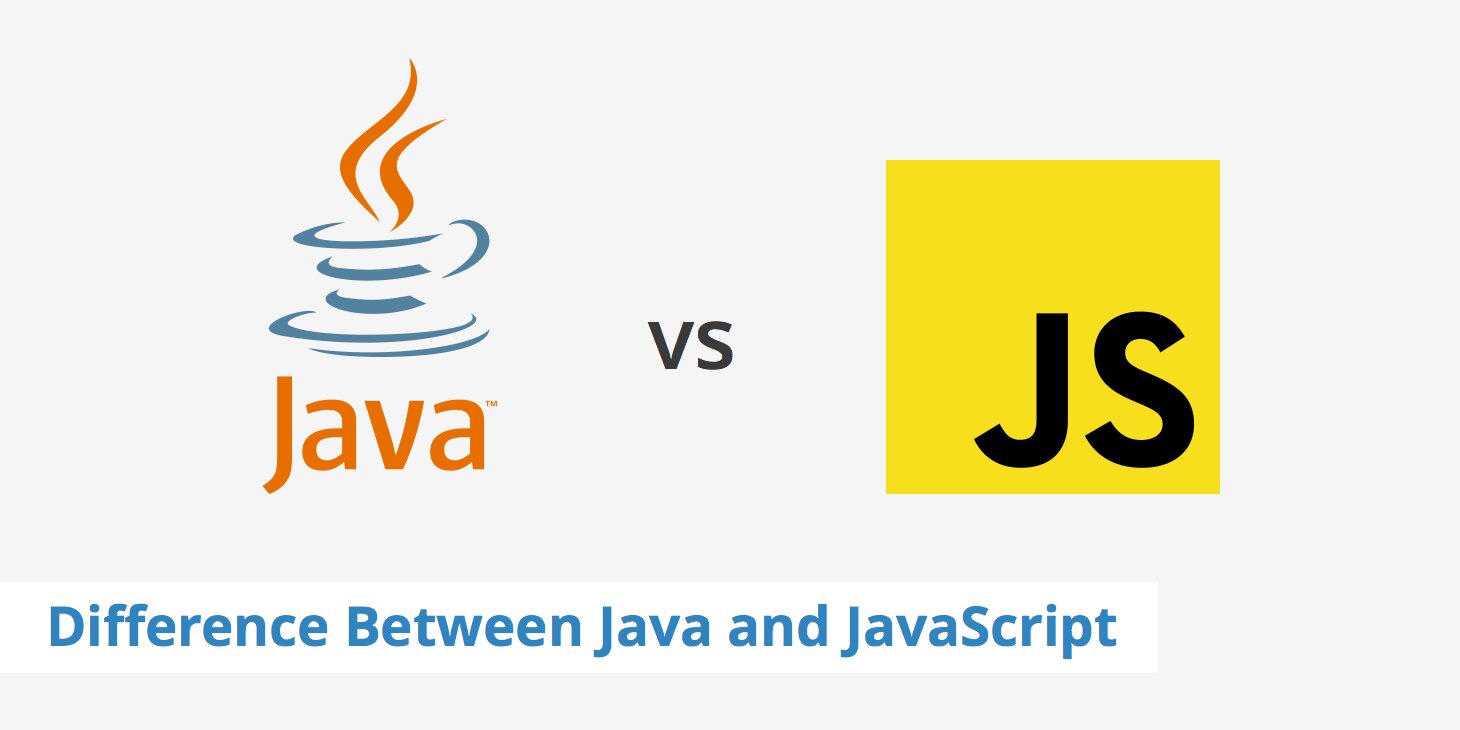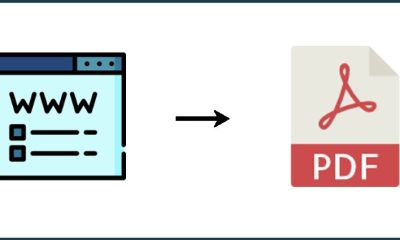Career Tips
Difference Between Java And JavaScript

Java and JavaScript are two popular programming languages, technology firms frequently ask questions about them and their applications during interviews. Understanding the distinctions between Java and JavaScript might help you answer programming-related interview questions more effectively. Though Java and JavaScript share certain major features and functionalities, it’s important to understand the distinctions between the two. In this post, we will define Java and JavaScript, then compare languages to highlight some of their important features and differences.
What is Java?
Java is an object-oriented programming (OOP) language that primarily serves server-side functionality to back-end developers. It is high-level, which means it is well-abstracted from computer details and so easy to develop, read, and maintain. Java is also class-based, or class oriented, so inheritance is dependent on defined classes rather than objects themselves. Java has few implementation dependencies, which are the references a program utilizes to identify the relationship classes of its components.
Java is an excellent choice for development projects because it is relatively simple to read and write, there are numerous resources available for developers who use the language, and it performs well in a variety of use cases, including big data development, mobile and desktop computing, application development, numerical computing, and game creation.
- Key features of Java
Java has several unique attributes that make it an excellent choice for developing desktop applications and carrying out back-end programming procedures. For starters, its straightforward design and popularity make it easier to learn and apply than other languages. Another element is platform independence. It’s a secure OOP that can handle sensitive data and has a large library of methods, making it scalable and effective in a variety of situations.
What is JavaScript?
JavaScript is an object-oriented programming script that solely employs text. JavaScript is useful for both client and server-side applications, allowing you to construct interactive web pages as well as read HTML-tagged documents and browsers. The script is incredibly user-friendly. Because of its widespread use, there are numerous resources for learning to use JavaScript successfully.
- Key features of JavaScript
One of JavaScript’s important features is its ability to create excellent client-side interfaces. It’s object-oriented and platform-independent. It’s also useful for identifying user operating systems and browsers. JavaScript is also popular because it can handle dates and times efficiently. It gives developers a lot of flexibility and is one of the easiest languages to learn.
Java vs. JavaScript
Here are some of the primary differences between Java and JavaScript:
Translation
One of the key distinctions between Java and JavaScript is how they convert code so that both machines and humans can read it. Java is a compiled language, which means that it converts human-typed messages straight to machine code. While doing so, it scans the code for syntax issues, alerting developers to any mistakes they committed. The application optimizes coded data and converts it to byte code that the Java Virtual Machine (JVM) can understand.
JavaScript is an interpretative language, which means it relies on another program to convert instructions into machine-readable code. The application reads code in runtime, making it difficult to detect problems and scale efficiently on huge projects.
- Type
The two languages differ in that Java is tightly typed, whereas JavaScript is dynamically typed. A strongly typed language requires each variable to have a defined data type that specifies the range of values it can accept. Strongly typed languages can aid in the development of effective coding habits since coders must identify any incompatibilities before they can run the code correctly.
In a dynamically typed language, the interpreter assigns variables a type based on their run-time values, allowing for more organic object structure definition. Developers can tailor the code to their specific environment and typically work faster than in a heavily typed language. It is critical to evaluate dynamically typed code on a regular and attentive basis to ensure that your values and variables are valid.
- Use
Java and JavaScript work differently and are beneficial in different contexts. Companies and developers mostly utilize Java to create applications and back-end systems. It’s an excellent solution for designing desktop applications. Many enterprises also utilize Java to create browser- and virtual-machine-based applications.
JavaScript is the more preferred solution for adding interactive components to a webpage or creating HTML animations. Fillable forms are one type of interactive element that JavaScript may assist create. The program is important in the form context since it checks user inputs, hence improving data quality and storage.
Benefits
Java and JavaScript are both excellent languages to learn and apply for different reasons. Reviewing the benefits of both can help to demonstrate the utility of each program. Here are some of Java’s key advantages:
- Multi-threaded: Java supports multi-threading. This means it can execute multiple actions at the same time.
- Secure: Java helps identify syntax errors to reduce operational failures. It also is virus resistant and robust, making it a secure language for many programming activities.
- Dynamic: Java is good at adapting to developing environments, making it a useful choice for many scalable projects.
While there is considerable commonality, JavaScript offers benefits that are unique to Java. Here are a few advantages of utilizing JavaScript.
- Strong frameworks: Users can access many useful codes and frameworks to aid them in the development process. This can simplify debugging processes and save valuable time.
- Fast functioning: JavaScript is single threaded and can only execute one line of code at a time. Unlike multi-threaded Java, the program doesn’t execute multiple functions at once, allowing it to work faster.
- Additional features: Users can access the program’s procedure-based features to add creativity to their web pages. Procedural programming can make it easier to perform functions like making loops and branches.












